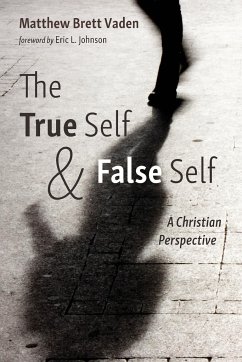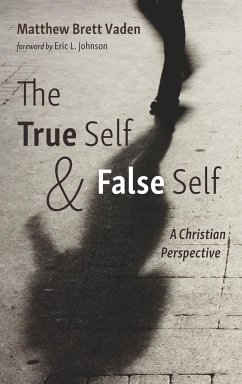
Religious Hatred and Human Conflict
Psychodynamic Approaches to Insight and Intervention
Versandkostenfrei!
Versandfertig in 1-2 Wochen
171,99 €
inkl. MwSt.
Weitere Ausgaben:

PAYBACK Punkte
86 °P sammeln!
Religious Hatred and Human Conflict focuses the lens of psychodynamic psychology on a phenomenon that often confounds conventional thinking - the intensity of conflict with religious or quasi-religious dimensions.














